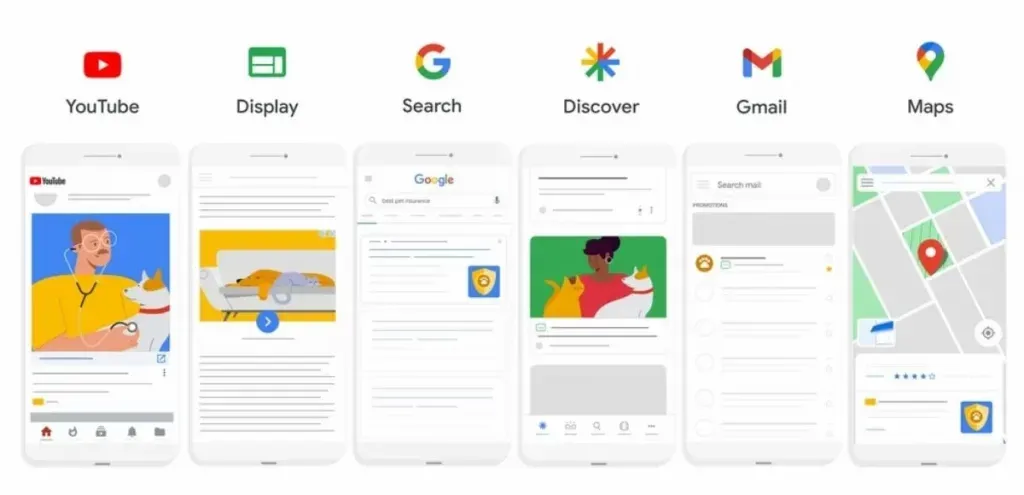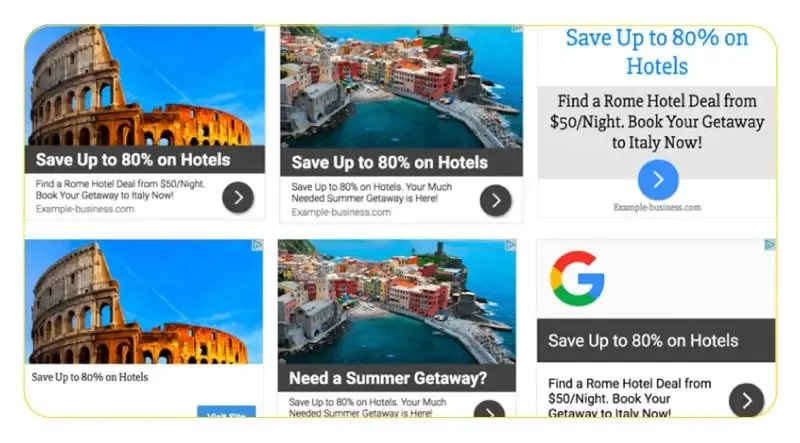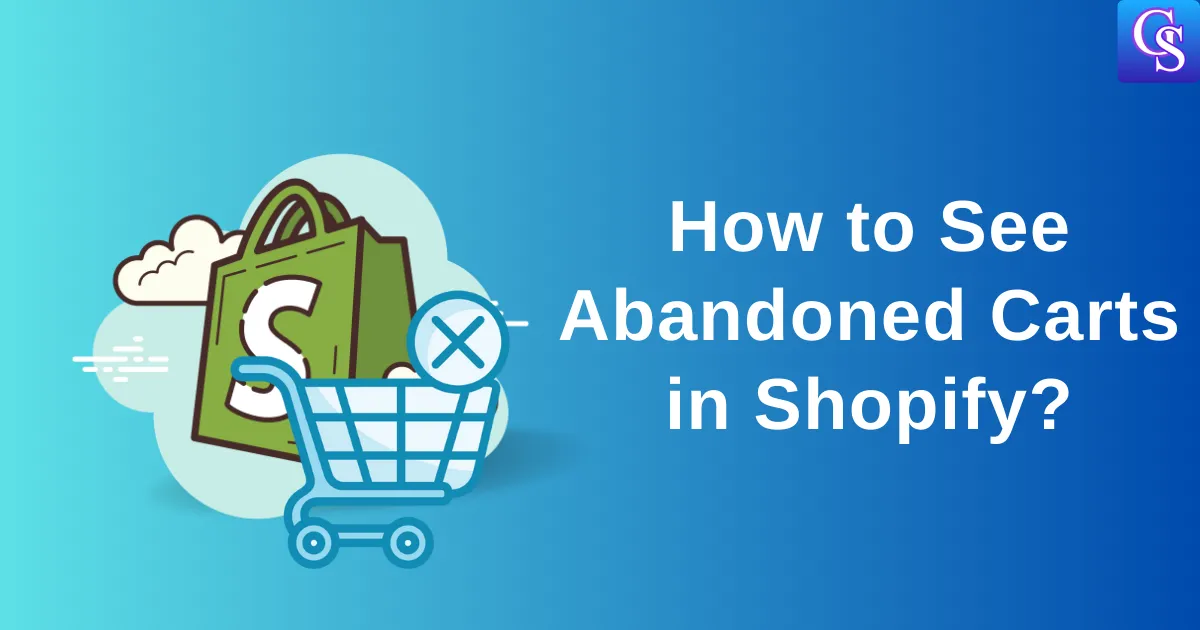Thanks to Google, you don’t have to ask people or go places to find information anymore. You can just use your phone!
People even say, “Just Google it,” when you ask them to explain something.
Google is really popular now, and people often buy things after looking them up on Google.
This makes Google a great way for businesses to reach customers. But there’s a lot of competition.
It’s difficult for new businesses to appear in Google search results without paying. They need to make sales and earn money immediately.
That’s why Google Ads were created. They’ve helped a lot of businesses.
In this article, we’ll explain what Google Ads are, give you some examples, and show you how they work.
Table of Contents
ToggleWhat is Google Ads?
Google Ads is basically a way for businesses to get their products or services in front of people who might be interested in them, right when they’re searching on Google or browsing other websites.
Think of it like this: Imagine you’re looking for a new pair of shoes online. You go to Google and type in “best running shoes.” Google will show you a bunch of results, but mixed in with those regular search results, you’ll also see some ads for different shoe brands or stores. Those are Google Ads.
Businesses pay Google to have their ads show up when people search for certain keywords or visit certain websites. The idea is to catch people’s attention at the exact moment they’re looking for something related to what the business offers.
It’s not just about showing up in search results, though. Google Ads can also place ads on other websites that are part of the Google network, as well as on YouTube videos and even in mobile apps.
The great thing about Google Ads is that businesses only pay when someone actually clicks on their ad. This means they’re not just wasting money showing ads to people who aren’t interested. They’re only paying for the people who are actually likely to become customers.
Google Ads also lets businesses target their ads very specifically. They can choose to show their ads only to people in certain locations or only to people who have shown interest in certain topics in the past. This helps make sure their ads are reaching the right audience.
How do they work?
Google Ads works like an auction where businesses bid to show their ads to people searching for specific things online.
- Keywords: Businesses choose keywords that relate to their products or services. When someone searches using those keywords, their ad might appear.
- Bidding: Businesses set the maximum amount they’re willing to pay for each click on their ad. The higher the bid, the better the chance of their ad being shown in a good position.
- Ad Placement: Google decides which ads to show based on the bid amount and the ad’s relevance to the search query. The most relevant ads with the highest bids usually get the top spots.
- Payment: Businesses only pay when someone clicks on their ad (pay-per-click). This means they only pay for actual visits to their website.
Why Use Google Ads?
Here’s why you might want to use Google Ads,
-
Reach the right people: It’s like putting up flyers in the exact neighborhoods where people might be interested in what you’re selling.
-
See results fast: Unlike planting a tree and waiting for it to grow, you can see people coming to your website almost immediately.
-
Know what’s working: Google Ads tells you exactly how many people saw and clicked on your ads, so you can make them even better.
-
Stay in control of your spending: You set a budget, and you only pay when someone actually clicks on your ad. No surprises!
-
Get people to remember you: Even if people don’t click right away, seeing your ads over time helps them recognize your brand.
-
Change things up easily: You can tweak your ads, try new keywords, or stop them altogether whenever you want.
-
Keep up with the competition: If your competitors are using Google Ads, you should too, so you don’t miss out on potential customers.
-
Use different types of ads: You can show text ads, picture ads, or even videos, depending on what works best for your business.
-
Reach people on their phones: Most people use their phones to search online, so Google Ads makes sure your ads look good on small screens.
-
Bring back past visitors: You can show ads specifically to people who’ve already visited your website, reminding them to come back and buy something.
Types of Google Ads
1) Search Ads

Google Search ads are the text ads that show up on Google search results when someone searches for something related to your business. They’re like little billboards on the search results page.
2) Display Ads

Display ads are images or video ads that appear on websites across the Google Display Network (millions of websites, apps, and Google properties like Gmail and YouTube). They’re visually appealing and can reach people even when they’re not actively searching.
3) Shopping Ads

Product listings appear on Google Shopping and in Google search results. They include a product image, price, and other details, making them great for e-commerce businesses.
4) Video Ads

Video ads that appear on YouTube and other video platforms. They can be short and attention-grabbing or longer and more informative. These are the video commercials you see before, during, or after YouTube videos. They’re a great way to tell a story about your brand or product more engagingly.
5) Performance Max Campaigns

Performance Max Campaigns are the automated campaigns that use Google’s AI to optimize your ads across all of Google’s channels (Search, Display, YouTube, Discover, Gmail, and Maps) to help you achieve your specific goals (like sales or leads).
6) App Ads

Ads specifically designed to promote app downloads and engagement. They can appear on Google search, the Play Store, YouTube, and other apps.
7) Smart Campaigns

Simplified campaigns designed for small businesses with limited time or expertise. Google automates many aspects of the campaign to make it easier to get started.
8) Demand Gen Campaigns

Simply put, a demand generation campaign aims to create awareness and interest in your product or service, nurturing potential customers through the sales funnel until they’re ready to buy. It’s about building relationships and generating leads, not just making quick sales.
Are Google Ads Worth It?
Yes, Google Ads are worth it in many cases, but it depends on your goals and how well you use them.
- They work fast: Unlike SEO (getting to the top of regular search results), ads get you seen right away.
- You target specific people: You choose who sees your ads based on what they search for, where they are, and more.
- You control your spending: You set a budget and only pay when people click your ads.
But:
- It can be expensive: Popular keywords cost more, and you must bid high enough to be seen.
- It takes skill: Setting up effective ads and managing them takes time and knowledge.
- It’s not guaranteed: Just because people see your ad doesn’t mean they’ll buy.
Conclusion:
Google Ads are a game-changer for businesses, connecting them with potential customers at the perfect moment. From targeted search ads to eye-catching displays, they offer a powerful way to boost visibility and drive growth.
I hope you love this detailed content on Google ads and how they work.
If you have questions or want to learn more? Drop a comment below and let’s chat!




